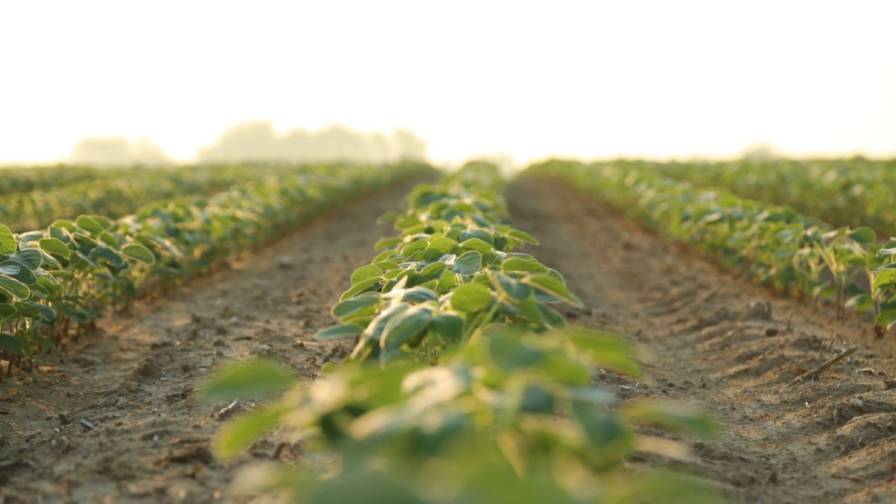360 Yield Center: Tips For Fall N Application Season
Harvest is underway and soon farmers will start setting the stage for the 2016 season. For many, that means applying their entire nitrogen supply on fields this fall. But, that could be a mistake.
“As margins remain tight, we really need to think carefully about nitrogen management and make sure we’re making the most of inputs,” said Jim Schwartz, Regional Agronomy Manager with 360 Yield Center. “And, for those putting all of their N out now, it becomes vulnerable to loss from rain and the environment and may not be there next summer when corn actually needs it.”
Schwartz suggests farmers approach fall anhydrous application as building a foundation for next year’s nitrogen management plan. With a base plus approach, farmers can apply a base rate this fall or in the early spring but save some N for mid- or late-season N application.
He offers several questions to consider before farmers apply nitrogen this fall:
What happens to nitrogen after it is applied?
Once nitrogen is applied to the soil only two things can happen; it can be taken up by the plant or can be lost to the environment via leaching, nitrification or denitrification.
- Nitrification: After anhydrous ammonia (NH3) is applied to the soil, it converts to NH4+, which is the ammonium molecule. Organisms in the soil then begin working to convert the ammonium molecule to nitrite and then nitrate NO3- through the nitrification process.
- Leaching: Because the nitrate molecule is negatively charged like the soil, it can be lost via leaching.
- Denitrification: Also, there are organisms in the soil that will convert the NO3- to a gaseous form that is lost in the atmosphere through denitrification.
These processes are biological in nature and things like temperature, pH, moisture and other factors can drive them to move faster or slower. If we apply all of our N in the fall, we expose our complete nitrogen supply to these processes throughout the entire fall and spring. Although nitrogen stabilizers or inhibitors can slow down this process until cooler fall and winter temperatures arrive, once the weather warms up in the spring these processes fire back up.
How much of your fall N application will be left by V10 next year?
The corn plant takes up approximately 75% of its N after V101. But, if you place all of your N out this fall, how much is left at V10?
By adjusting your nitrogen management plan and accounting for a late-season N application as close to V10 as possible, or when your crop needs it based on soil nitrate measurement and testing, you can help maximize yields and minimize N loss to the environment via leaching and denitrification. Plus, by timing application during the time of uptake, you’ll maximize inputs and N efficiency.
Do you know what the 2016 growing season has in store?
No one has a crystal ball and we don’t know what the following growing season has in store. If it is similar to how 2015 was in the Corn Belt, with heavy rain events early in the season, fall and spring applied nitrogen is at great risk for loss.
By saving inputs for mid- to late-season N application, we can let Mother Nature play her hand and adjust our plans based on the environment, the season and up-to-date, in-field soil nitrate data.






